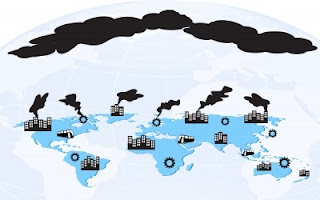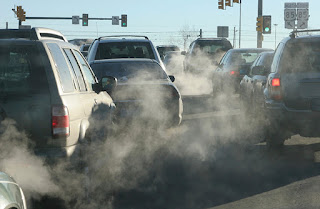Annually
5.5 million people across the globe are dying not because of the dangerous
diseases like cancer and HIV. It is the air pollution that is leading to heavy
death toll and India and China are leading among them where more than 50% of
the air pollution deaths taking place in these countries.
Power
plants, manufacturing units, vehicle emissions and burning coal and wood are
the leading polluters that release carbon, lead and monoxide that release small
particles into the air that is dangerous to public health
According
to a study taken up by the University of British
Columbia research, the measures taken at present by the governments are
not sufficient to combat the rate of pollution as the existing pollution levels
are enough to cause premature deaths in the next couple of decades.
Air
pollution is the fourth leading cause for deaths globally and the leading environmental risk factor for disease. Aggressive measures
reducing the pollution drastically are the need of the hour as per the study.
We
need a collective effort in empowering poor and marginalized people and
communities in order to minimize the risks of air pollution by creating
awareness on eco-friendly energy usages. Apart from creating awareness, it is
essential to provide access to such energy sources so that the quality of
living of the poor and the marginal sections will be improved.















